The United States is home to an extensive network of wildlife refuges spanning over 95 million acres, creating a tapestry of protected habitats that safeguard America’s diverse ecosystems and wildlife. From coastal marshes teeming with migratory birds to expansive desert landscapes harboring endangered species, these sanctuaries offer visitors unparalleled opportunities to connect with nature. Whether you’re an avid birdwatcher, wildlife photographer, outdoor enthusiast, or simply seeking tranquility away from urban life, the National Wildlife Refuge System provides accessible wilderness experiences across all 50 states. Let’s explore 12 exceptional wildlife refuges that showcase the breathtaking biodiversity and natural heritage of America, each offering unique landscapes and wildlife viewing opportunities that deserve a spot on your travel bucket list.
10. Okefenokee National Wildlife Refuge, Georgia
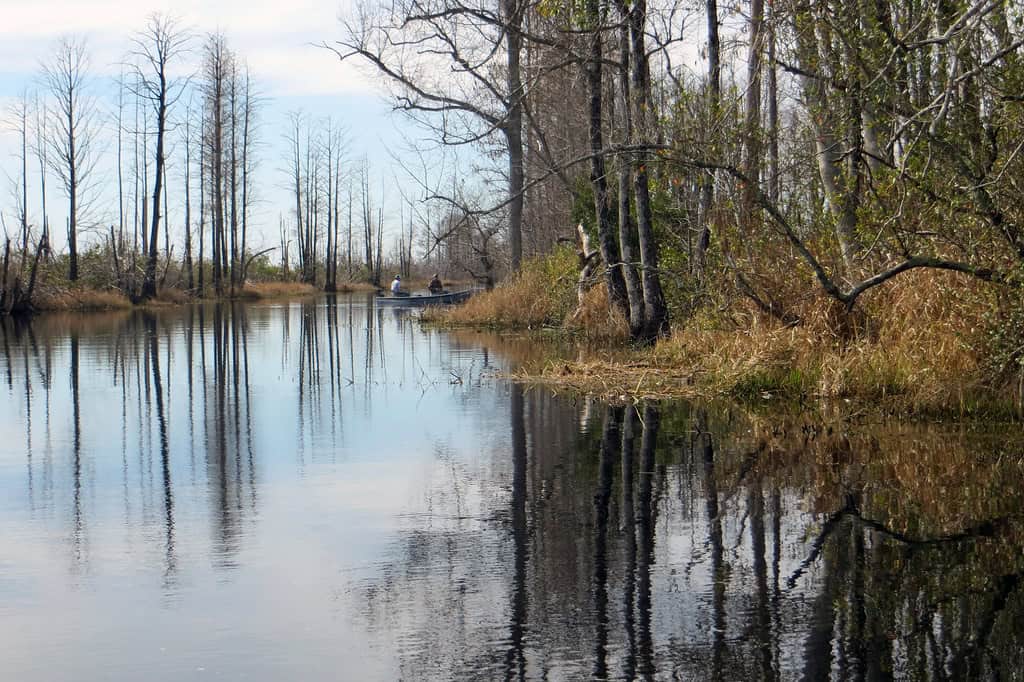
Stretching across approximately 438,000 acres of southeastern Georgia and northern Florida, the Okefenokee National Wildlife Refuge protects one of the oldest and most well-preserved freshwater ecosystems in America. This vast wetland sanctuary, established in 1937, encompasses the legendary Okefenokee Swamp—a name derived from the Native American term meaning “Land of the Trembling Earth.” The refuge features a mosaic of peat-filled prairies, cypress forests, and blackwater channels that have formed over thousands of years, creating a unique landscape unlike any other in the country.
Visitors can explore this ancient ecosystem via canoe trails, boardwalks, and observation towers, witnessing wildlife including American alligators, black bears, and over 200 bird species. The refuge is also designated as a National Natural Landmark and a Wetland of International Importance. For the most immersive experience, arrange a guided boat tour or obtain a permit for overnight paddling trips that allow you to camp on platforms within the swamp, offering unforgettable sunrises and the primal sounds of wilderness after dark.
9. J.N. “Ding” Darling National Wildlife Refuge, Florida
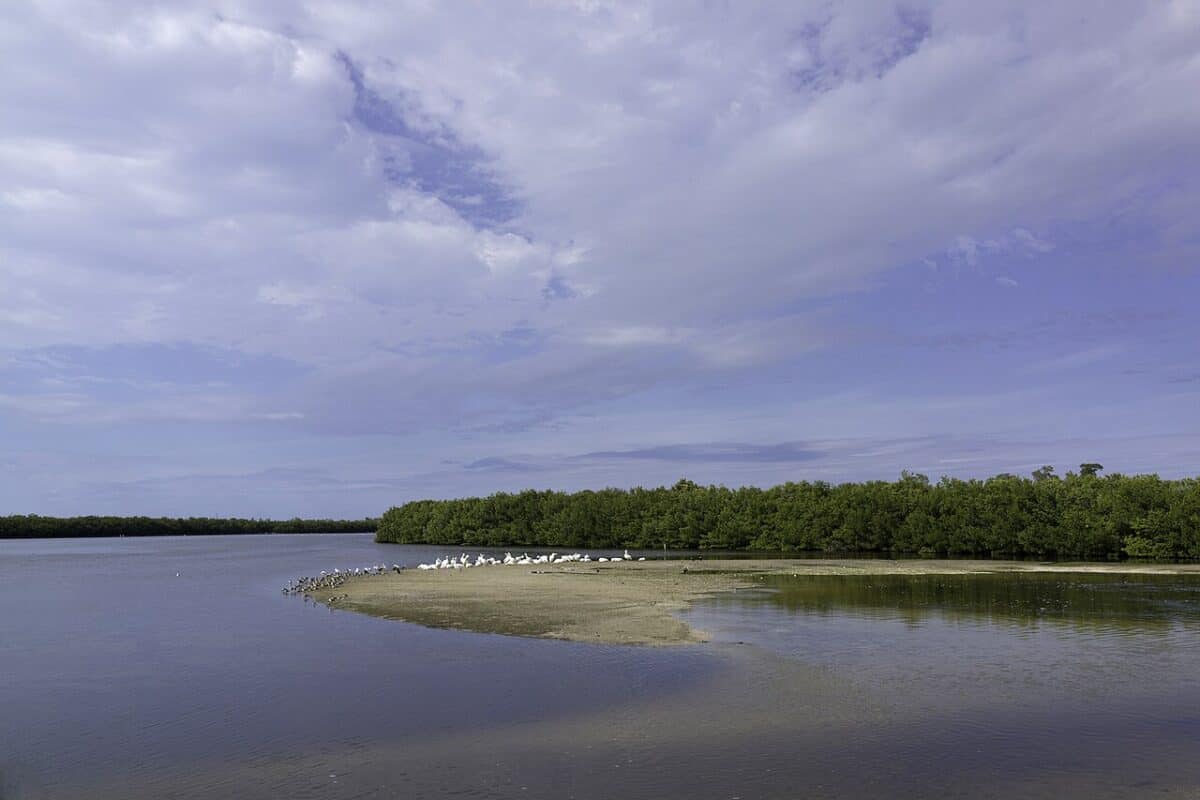
Located on Sanibel Island along Florida’s Gulf Coast, the J.N. “Ding” Darling National Wildlife Refuge represents one of the country’s most visited wildlife sanctuaries, attracting nature enthusiasts from around the world. Named after Jay Norwood “Ding” Darling, a Pulitzer Prize-winning cartoonist and conservation advocate who helped establish the refuge in 1945, this coastal haven encompasses 6,400 acres of mangrove forests, seagrass beds, and cordgrass marshes. The refuge forms part of the largest undeveloped mangrove ecosystem in the United States and serves as a critical wintering ground for migratory birds.
The refuge’s Wildlife Drive offers a 4-mile scenic route that can be traversed by car, bicycle, or on foot, with numerous observation areas and walking trails branching off the main path. During winter months, visitors can observe spectacular congregations of roseate spoonbills, wood storks, white pelicans, and numerous wading birds feeding in the shallow waters. The refuge also provides excellent opportunities for kayaking through mangrove tunnels, where visitors might encounter manatees, dolphins, and a variety of fish species in the crystalline waters. The Visitor & Education Center features interactive exhibits that tell the story of this unique ecosystem and its importance to global biodiversity.
8. Bosque del Apache National Wildlife Refuge, New Mexico
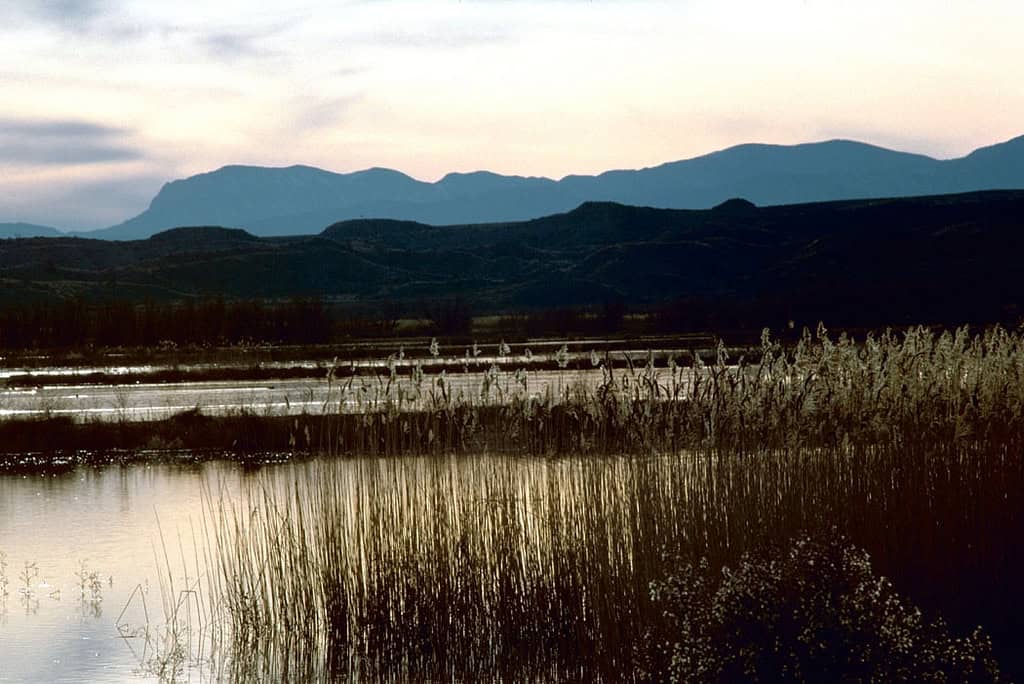
Nestled along the Rio Grande in central New Mexico, Bosque del Apache National Wildlife Refuge offers one of the most spectacular wildlife viewing experiences in North America. Established in 1939 to provide critical habitat for migrating waterfowl, this 57,331-acre refuge transforms each winter into a crucial stopover for tens of thousands of sandhill cranes, snow geese, and numerous duck species. The name “Bosque del Apache,” meaning “Woods of the Apache” in Spanish, references the time when Apache tribes camped in the riverside forests of the area. Today, the refuge represents a triumph of habitat restoration, as staff carefully manage water levels in wetlands and cultivate fields to provide food for wintering birds.
The refuge’s 12-mile auto tour loop provides visitors with extraordinary opportunities to witness massive congregations of birds, particularly during dawn and dusk when thousands of cranes and geese take flight in synchronized waves—a phenomenon known as “fly-out” and “fly-in.” The experience of hearing thousands of wings cutting through crisp desert air while watching the sky fill with birds against a backdrop of the Chupadera Mountains has made Bosque del Apache a pilgrimage site for wildlife photographers and birdwatchers. The annual Festival of the Cranes in November celebrates this spectacular migration with workshops, guided tours, and wildlife presentations. Beyond birds, visitors might also encounter mule deer, coyotes, javelinas, and even the occasional bobcat along the refuge’s trails.
7. Arctic National Wildlife Refuge, Alaska

Spanning an incredible 19.6 million acres in northeastern Alaska, the Arctic National Wildlife Refuge represents America’s wildest and most pristine wilderness area. Established in 1960 and expanded in 1980, this vast refuge encompasses an unparalleled range of Arctic and sub-Arctic ecosystems—from coastal lagoons and barrier islands to boreal forests, tundra plains, and the majestic Brooks Range mountains. ANWR, as it’s often abbreviated, remains one of the few places on Earth where ecological processes continue largely unaltered by human activity, earning it the nickname “America’s last great wilderness.”
The refuge provides critical habitat for the Porcupine Caribou Herd, whose 200,000 members undertake one of the longest land migrations of any mammal, traveling to the coastal plain for calving each spring. Visitors might also encounter polar bears, muskoxen, Dall sheep, wolves, and over 200 bird species that migrate from six continents to nest in this Arctic paradise. Due to its remote location, visiting requires significant planning—typically involving chartered bush planes from Fairbanks and experienced guides. Those who make the journey are rewarded with a profound wilderness experience in a landscape that functions much as it has for thousands of years, offering a rare glimpse into an intact ecosystem where natural processes continue unimpeded by human development.
6. Aransas National Wildlife Refuge, Texas

Situated along the Texas Gulf Coast, Aransas National Wildlife Refuge plays a pivotal role in the conservation success story of the endangered whooping crane. Established in 1937, this 115,000-acre refuge comprises a mosaic of coastal marshes, oak mottes, grasslands, and freshwater ponds that serve as the winter home for the only naturally occurring wild population of whooping cranes in North America. These magnificent birds, standing nearly five feet tall with a wingspan of over seven feet, represent one of conservation’s most remarkable comebacks—from just 15 individuals in 1941 to approximately 500 today. Between November and March, visitors can observe these rare birds feeding in salt marshes and shallow bay edges.
Beyond its famous cranes, Aransas supports an incredible diversity of wildlife, including alligators, bobcats, and over 400 bird species. The refuge features a 16-mile auto tour route with observation towers and walking trails that wind through various habitats. For a unique perspective, visitors can arrange boat tours in Aransas Bay, which often provide closer views of the whooping cranes and coastal wildlife. The visitor center offers informative exhibits about the refuge’s history and ecological importance, while rangers conduct regular interpretive programs during peak winter season. For photographers and wildlife enthusiasts, Aransas represents one of the few places where you can witness one of the world’s rarest birds in its natural habitat.
5. Kodiak National Wildlife Refuge, Alaska
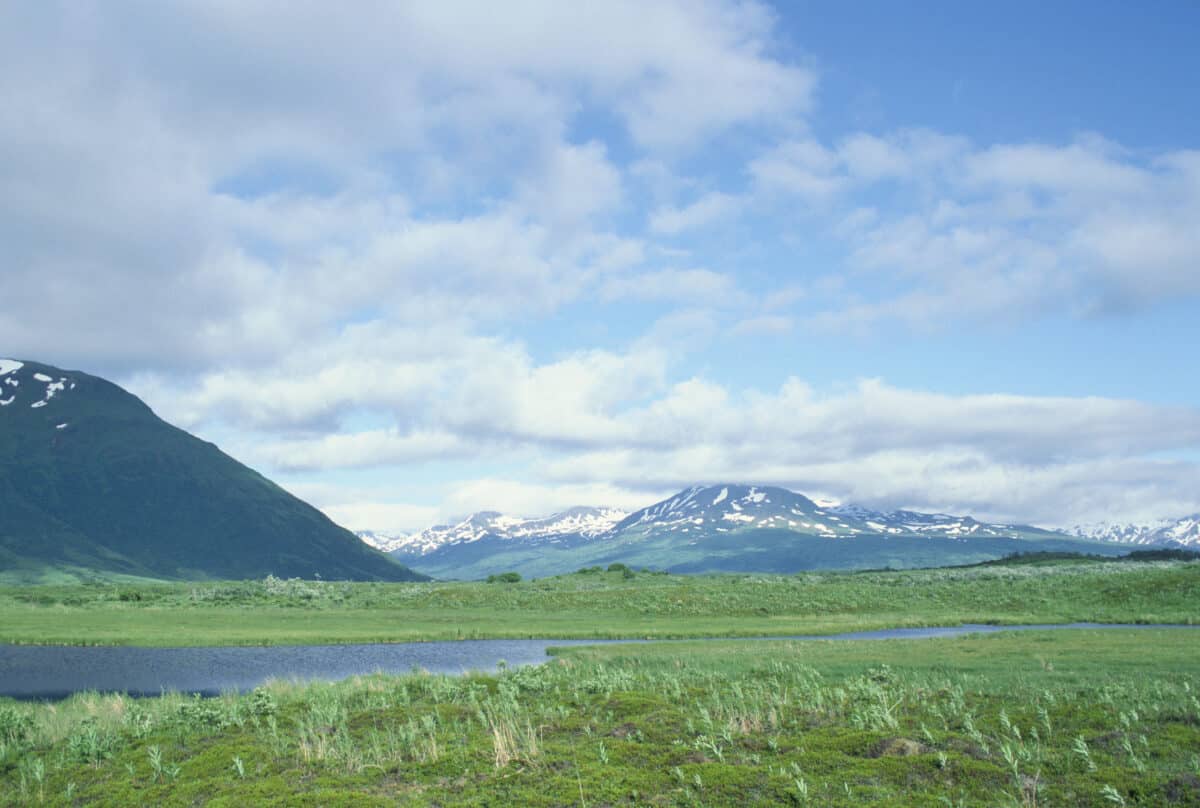
Encompassing nearly two-thirds of Kodiak Island in the Gulf of Alaska, the Kodiak National Wildlife Refuge protects 1.9 million acres of diverse terrain that serves as the primary habitat for the Kodiak brown bear—the largest subspecies of brown bear in the world. Established in 1941 to safeguard these magnificent creatures, the refuge features a dramatic landscape of mountains, alpine meadows, wetlands, and spruce forests carved by glaciers and surrounded by pristine coastline. An estimated 3,500 Kodiak bears inhabit the island, making it one of the densest brown bear populations on Earth and creating unparalleled wildlife viewing opportunities for visitors willing to venture into this remote wilderness.
Access to the refuge typically involves a floatplane or boat trip from the city of Kodiak, as no roads connect to the protected areas. Visitors can arrange guided bear-viewing excursions that take them to prime locations like Frazer Lake or O’Malley River during the summer salmon runs, when dozens of bears may gather to feed. Beyond bears, the refuge supports significant populations of Sitka black-tailed deer, mountain goats, river otters, and over 250 species of birds, including the majestic bald eagle. The Kodiak Refuge Visitor Center in downtown Kodiak offers excellent exhibits on the island’s ecology and provides information on responsible wildlife viewing. For outdoor enthusiasts seeking a true wilderness adventure, few experiences can match watching a massive Kodiak bear plucking salmon from a cascading stream against a backdrop of snow-capped mountains.
4. Blackwater National Wildlife Refuge, Maryland

Located on Maryland’s Eastern Shore, Blackwater National Wildlife Refuge protects over 28,000 acres of tidal marshes, freshwater ponds, and mixed hardwood forests that form one of the chief wintering areas for migrating waterfowl along the Atlantic Flyway. Established in 1933, this wetland sanctuary hosts tens of thousands of ducks, geese, and tundra swans each winter, creating spectacular viewing opportunities as these birds feed and rest in the refuge’s shallow waters. The refuge derives its name from the tea-colored water of the Blackwater River, which is darkened by tannins from decomposing plant matter in the marshes—a natural process that creates rich habitat for numerous aquatic species.
Blackwater is renowned for its remarkable concentration of bald eagles, hosting one of the highest breeding populations of these national symbols on the East Coast outside Florida. The refuge’s Wildlife Drive offers a 4-mile auto route with multiple observation points where visitors can scan for eagles perched in loblolly pines or soaring above the marshes. Numerous walking trails and a paddling trail provide additional exploration opportunities. The marsh landscape, particularly at sunrise and sunset, creates breathtaking vistas that attract photographers year-round. The refuge also plays a vital role in efforts to protect the endangered Delmarva Peninsula fox squirrel and serves as a demonstration site for climate change adaptation strategies as rising sea levels impact coastal marshes. A visit during fall migration or winter months offers wildlife spectacles rarely seen elsewhere on the East Coast.
3. Balcones Canyonlands National Wildlife Refuge, Texas
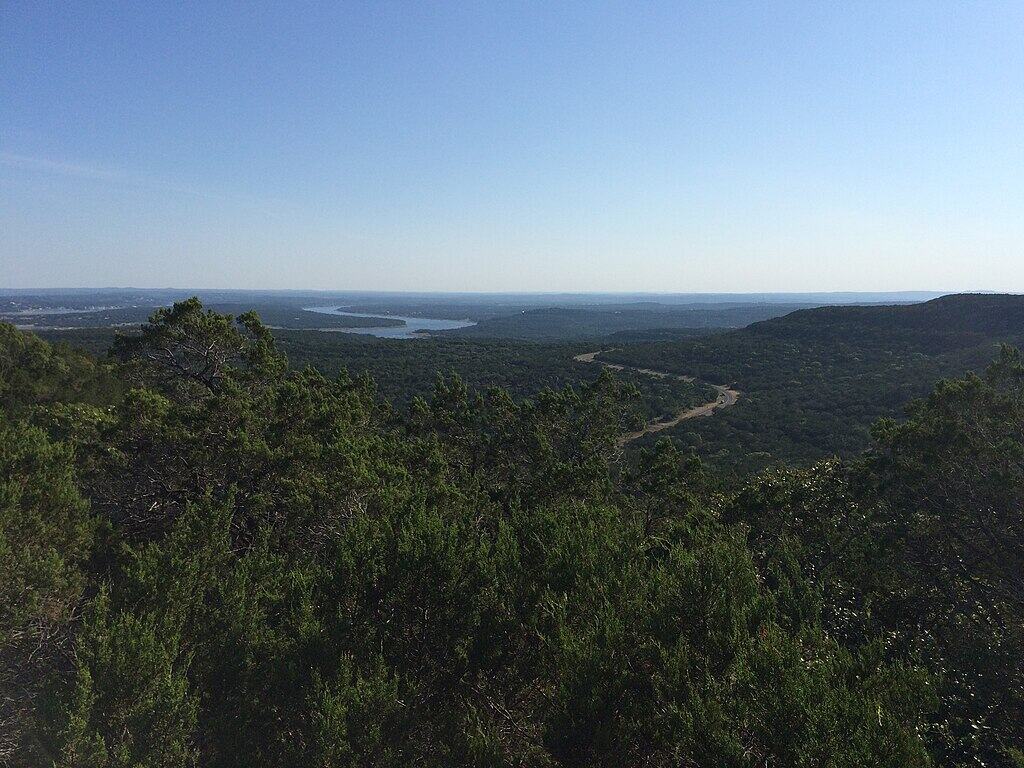
Nestled in the Texas Hill Country northwest of Austin, Balcones Canyonlands National Wildlife Refuge protects over 25,000 acres of rugged terrain that serves as crucial breeding habitat for two endangered songbirds—the golden-cheeked warbler and black-capped vireo. Established in 1992, this refuge preserves a unique landscape where the Edwards Plateau meets the Blackland Prairie, creating a diverse mosaic of habitats ranging from shallow-soiled uplands to deeply cut canyons lined with juniper-oak woodlands. The golden-cheeked warbler, which nests nowhere else in the world except in the mature oak-juniper woodlands of central Texas, depends on the refuge’s protected forests for its survival.
Visitors can explore several well-maintained hiking trails that traverse through woodlands, savannas, and creek bottoms, offering opportunities to spot not only the rare songbirds but also white-tailed deer, armadillos, and over 245 other bird species. Spring brings an explosion of wildflowers, including Texas bluebonnets and Indian paintbrush, carpeting the hillsides with vibrant colors. The refuge’s Doeskin Ranch area features accessible trails with interpretive signs explaining the geology, ecology, and conservation efforts underway. For bird enthusiasts, visiting during the spring migration (March through May) provides the best chance to observe the golden-cheeked warbler’s distinctive song echoing through the canyons—a sound that nearly disappeared before conservation efforts established this protected area. The visitor center offers educational programs and maps for self-guided tours through this ecological crossroads where eastern, western, and central North American species converge.
2. Midway Atoll National Wildlife Refuge, Hawaii

Located approximately 1,200 miles northwest of Honolulu in the central Pacific Ocean, Midway Atoll National Wildlife Refuge protects one of the most remote and remarkable wildlife sanctuaries under U.S. jurisdiction. Established in 1988 and expanded in 2006 as part of the Papahānaumokuākea Marine National Monument, this tiny atoll—consisting of a circular reef and three small islands—hosts the world’s largest colony of Laysan albatrosses, with nearly one million nesting pairs. These magnificent seabirds, with wingspans exceeding six feet, return to Midway each year after months of soaring over the open ocean, creating one of the greatest wildlife spectacles on Earth when they perform elaborate courtship dances across the islands from November through July.
Beyond its albatross population, Midway provides sanctuary for 20 seabird species including the endangered short-tailed albatross, millions of nesting terns, and the rare Laysan duck. The atoll’s lagoon and surrounding waters shelter Hawaiian monk seals, green sea turtles, and nearly 250 species of coral reef fishes. Historically significant as the site of a decisive World War II naval battle in 1942, Midway balances its wildlife protection mission with preservation of historic structures. While public visitation has been limited in recent years due to logistical challenges, the U.S. Fish and Wildlife Service occasionally permits organized tours for those seeking to witness this extraordinary confluence of natural and historical significance. For those fortunate enough to visit, walking among countless albatrosses that show little fear of humans creates an unforgettable connection with these ocean wanderers in one of Earth’s most important seabird sanctuaries.
1. Sevilleta National Wildlife Refuge, New Mexico
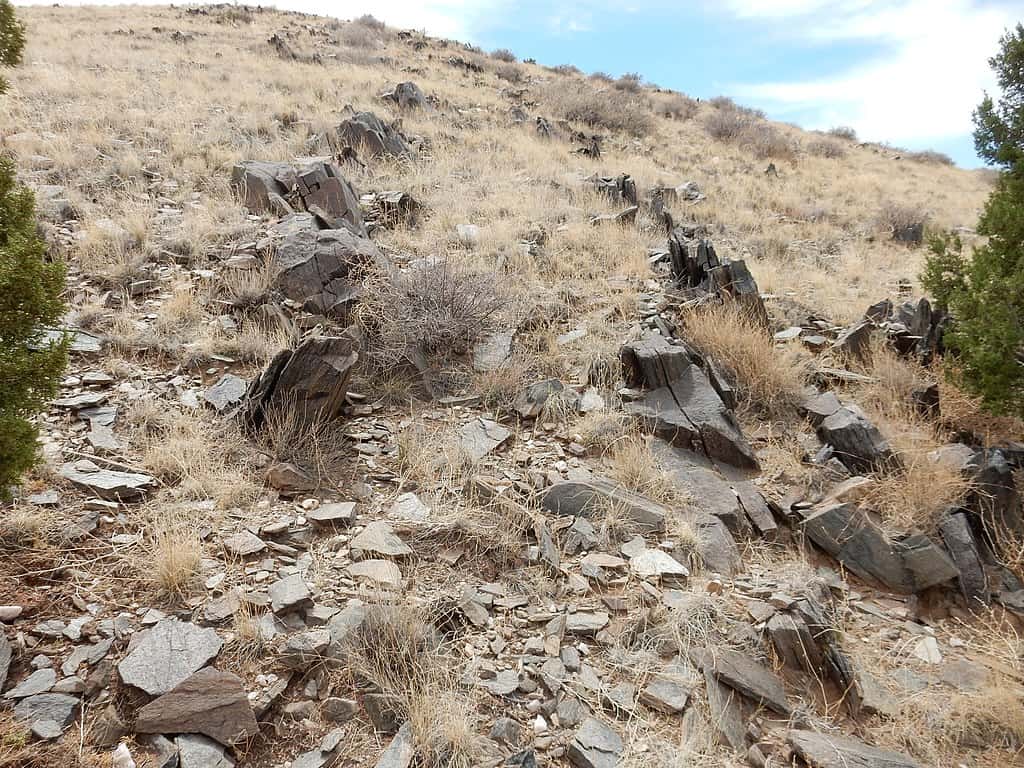
Spanning nearly 230,000 acres in central New Mexico, Sevilleta National Wildlife Refuge represents one of the most ecologically diverse protected areas in the American Southwest. Established in 1973 through a donation from The Nature Conservancy, this vast refuge sits at a unique biological crossroads where four distinct ecosystems converge: Chihuahuan Desert, Great Plains Grassland, Colorado Plateau Shrub-Steppe, and Pinyon-Juniper Woodland. This remarkable convergence creates a living laboratory for scientists studying biodiversity, climate change, and ecological processes. The refuge rises from the Rio Grande Valley at 4,600 feet to the heights of the Los Pinos Mountains at nearly 8,000 feet, creating varied habitats that support over 1,200 plant species and diverse wildlife.
While much of Sevilleta serves as a research natural area with limited public access, visitors can explore designated trails that showcase the refuge’s stunning desert and mountain landscapes. The visitor center offers excellent interpretive exhibits explaining the region’s ecology and the long-term ecological research conducted within the refuge boundaries. Wildlife viewing opportunities include desert mule deer, pronghorn, coyotes, and over 200 bird species. During spring and fall migrations, the refuge’s stretch of the Rio Grande provides critical habitat for sandhill cranes and numerous waterfowl. For visitors seeking solitude and pristine wilderness, Sevilleta offers a glimpse into what much of the Southwest looked like before European settlement—vast, undeveloped landscapes where natural processes continue largely uninterrupted by human activity, making it a treasure for both scientific research and nature appreciation.
Conclusion:
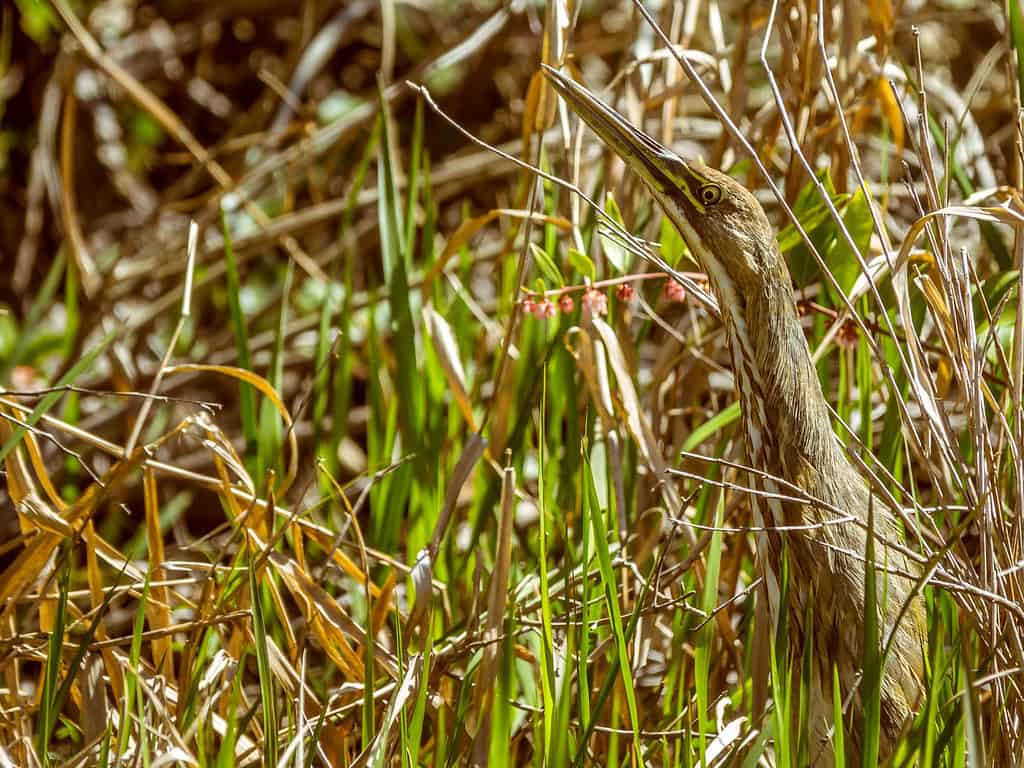
America’s National Wildlife Refuges are more than just protected lands—they are living testaments to the country’s enduring commitment to conservation and biodiversity. From the icy tundras of Alaska’s Arctic Refuge to the sun-soaked marshes of Florida’s Gulf Coast, these sanctuaries harbor some of the continent’s most iconic and imperiled wildlife. Each refuge tells a unique story of habitat preservation, ecological resilience, and the quiet beauty that thrives when nature is allowed to flourish.
Visiting these refuges offers more than just a chance to spot rare animals or scenic landscapes—it provides an opportunity to reconnect with the natural world and witness the awe-inspiring complexity of ecosystems that have evolved over millennia. Whether you’re watching a whooping crane dance across a Texas marsh, paddling through the ancient waters of the Okefenokee Swamp, or listening to the thunderous wingbeats of sandhill cranes in New Mexico, these experiences leave lasting impressions and inspire deeper respect for our planet.
As development, climate change, and environmental pressures continue to mount, the importance of these protected areas grows ever more urgent. By supporting, visiting, and learning from wildlife refuges, we help ensure that future generations will inherit not only the land itself, but also the wild spirit and natural wonders that define the American landscape.
- 10 U.S. Wildlife Refuges You Need to Visit - August 11, 2025
- If a Comet Did not Kill Dinosaurs What Really Did? Scientists Explain - August 11, 2025
- 10 Animal Species That Are Evolving Right Before Our Eyes - August 11, 2025

